Seed Starting: Be Successful, Not Silly
Seed Starting: Be Successful, Not Silly
As spring approaches, seed starting ideas and images make the rounds on social media. Some of them are sensible, but others are simply silly. They are often called “hacks,” a slang term for a useful tip. But another definition of “hack” is someone who isn’t great at what they do, and many of these seed starting ideas aren’t at all good for growing seedlings.
Can I start seeds in ice cream cones?
The first piece of poor advice is to plant your seeds in ice cream cones. Anyone who has ever held a cone filled with melting ice cream can guess how successful this would be. These wafer cones very quickly turn mushy when exposed to liquid. See the photos below to learn what really happens when you fill a cone with moist potting soil.
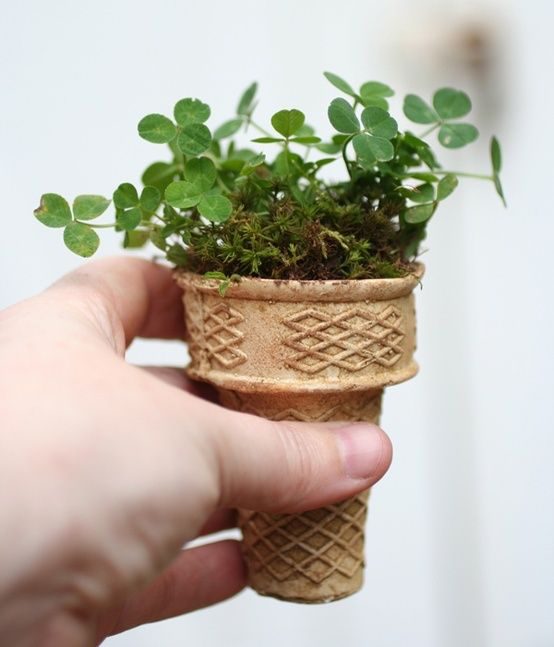
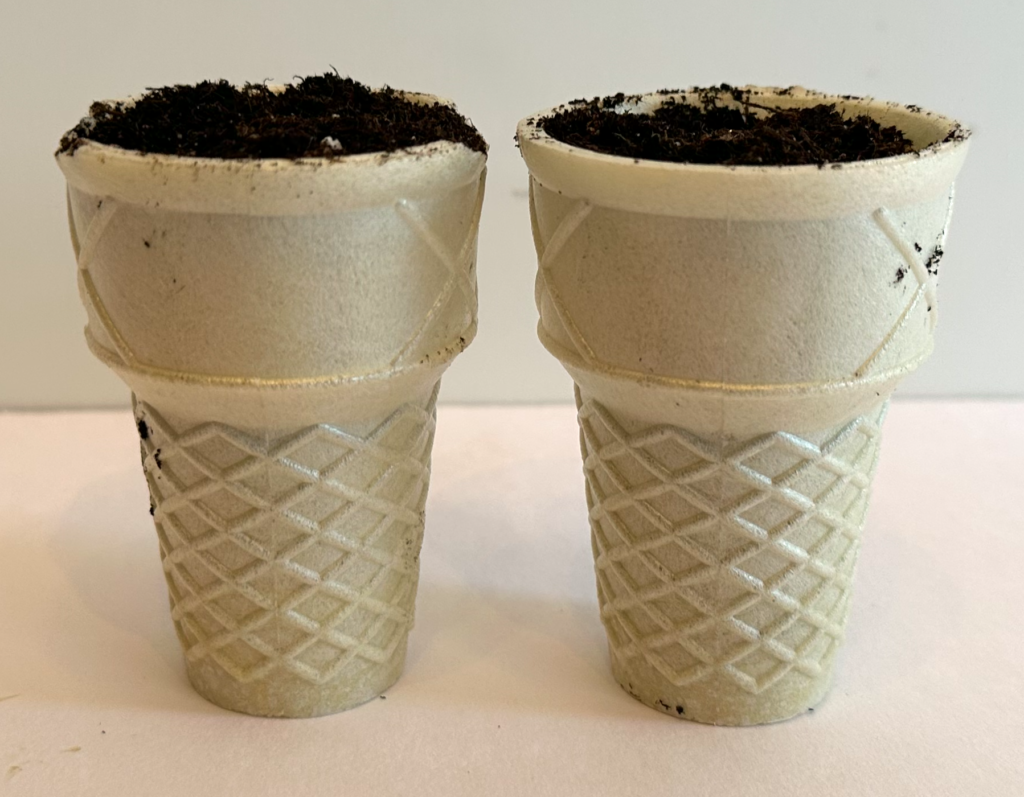
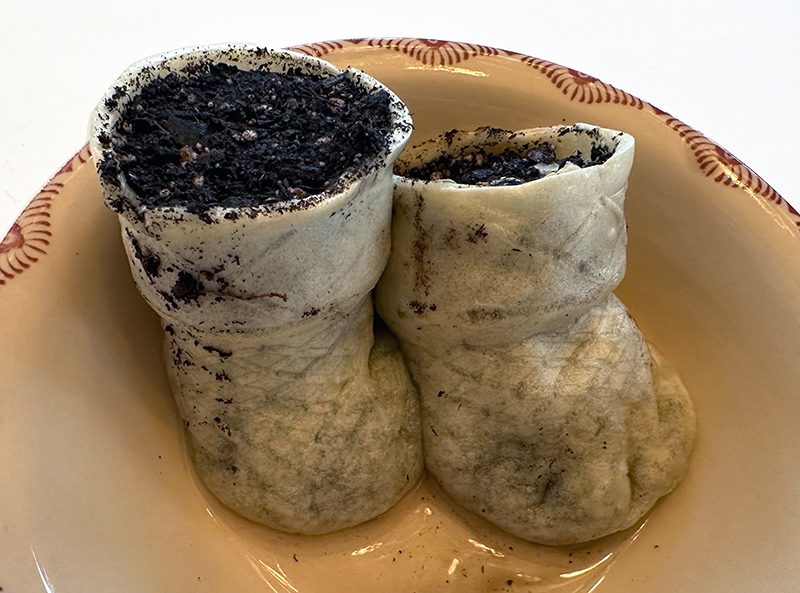
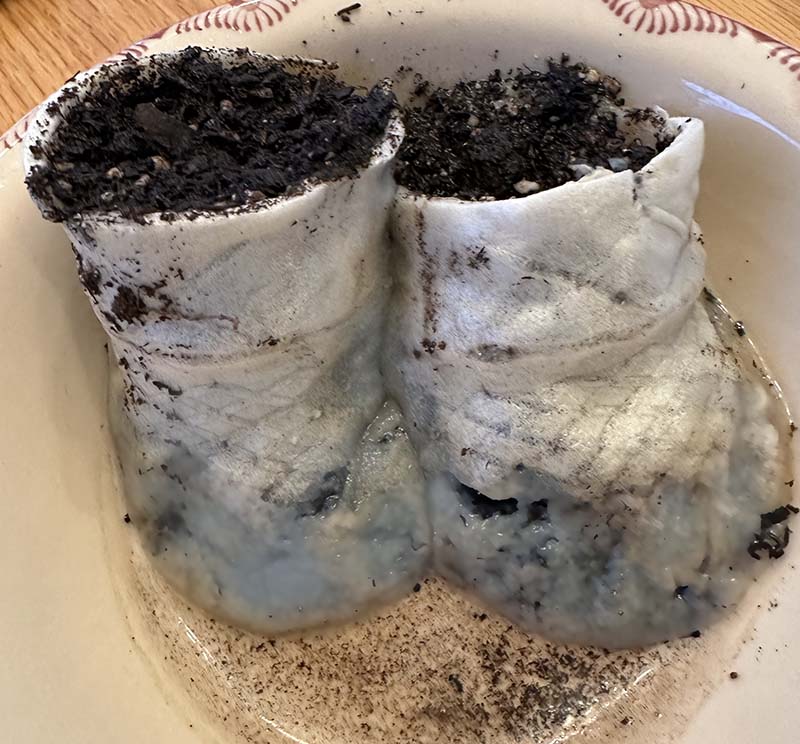
Can I plant seeds in eggshells?
This tip is a bit better than the ice cream cone idea since eggshells won’t dissolve when wet. But the problem with the shell idea is that they are very small. One thing everyone needs to remember about plant growth is “what goes on below the soil surface is reflected up above.” In other words, if a plant has room and good soil so that it can quickly stretch its roots, the growth on top will be faster and vigorous. But if a plant’s roots are constricted, the top growth will also be stunted. Think of bonsai trees: they stay small because they are grown in tiny, shallow dishes that constrict the root systems.
If you’re starting seeds in March or even early April, you’ll want the containers you are growing in to be large enough to encourage growth for the next two or three months. Additionally, plan on only placing one seed per pot so that your young plant isn’t competing for root-room, and you won’t be injuring the roots when you transplant into the garden.
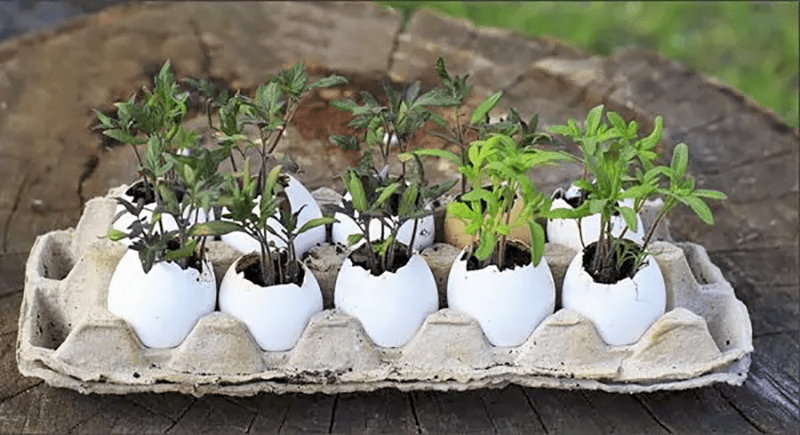
Sometimes the eggshell idea is passed along with the idea that the shells will provide tomato plants with calcium, which prevents blossom end rot. This isn’t totally true. First of all, eggshells take years to decompose into a form of calcium that plants can take up. Secondly, blossom end rot isn’t caused by a calcium deficiency, but by stress such as drought, uneven watering, or tilling that harms the young plant’s roots. If the soil is drying between waterings, and the roots dry out, or if roots are cut in tilling, the plant is unable to take up the calcium that’s already in the soil.
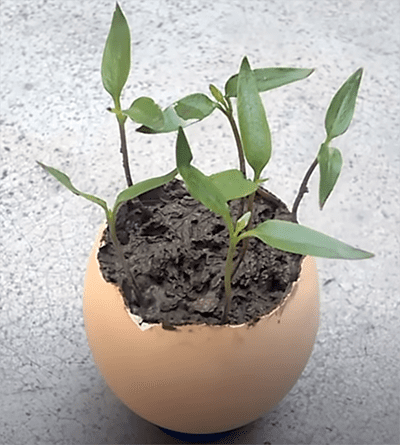
Can I start seeds in egg cartons or ice cube trays?
You can germinate seeds in anything that will hold the potting soil or seed-starting mix, but you’ll need to provide drainage holes. And once again, any container that holds less than two tablespoons of soil won’t promote good root growth for your plants. If you want to recycle something plastic, a yogurt container would be a better choice, as long as you’ve punched holes in the bottom.
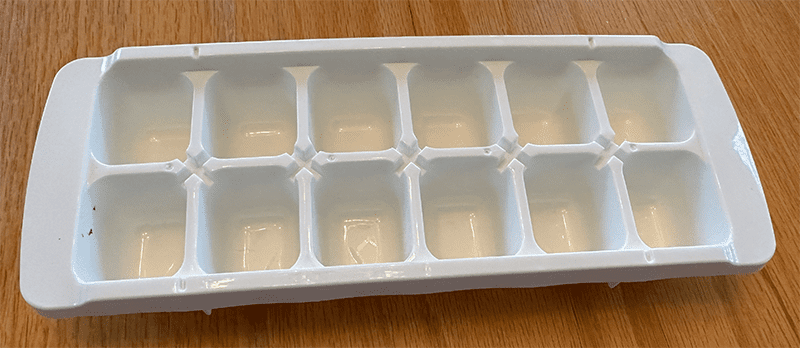
I don’t want to use plastic pots for my seedlings.
There are several choices for those who don’t want to purchase plastic packs or pots. We carry Jiffy Pots and Cow Pots, both made of organic material that decomposes into the garden. If you choose a larger size of either of these products you won’t have to transplant before they go into the garden.
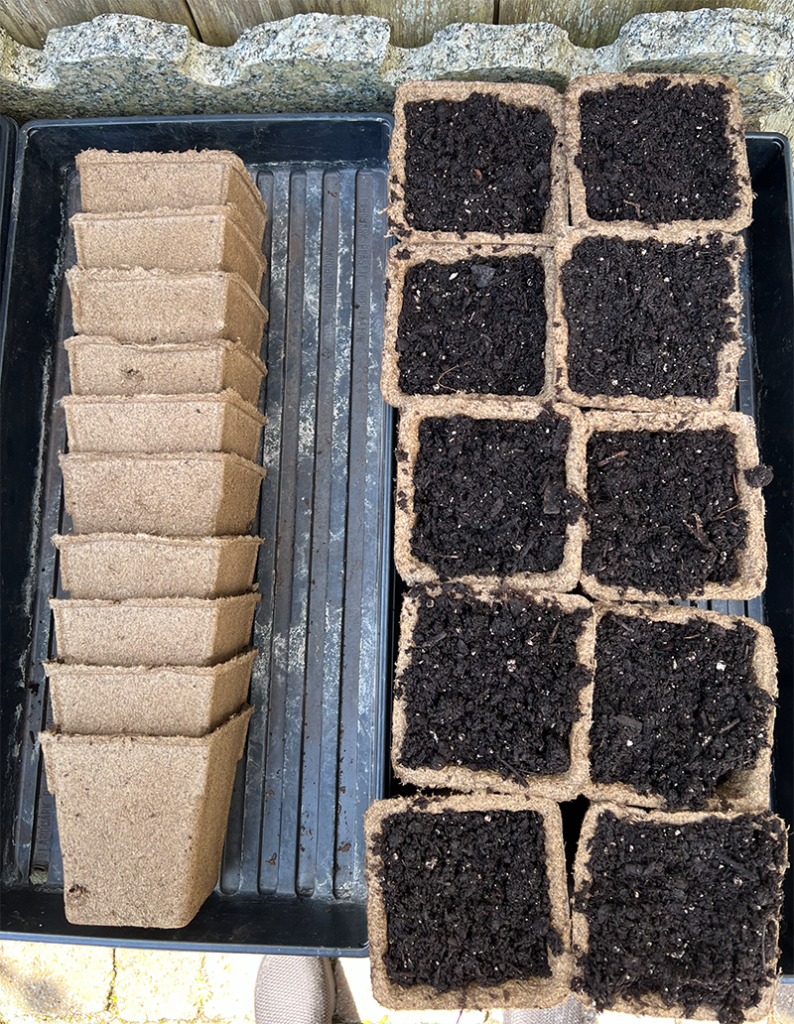
How can I label a plantable pot?
Pots that biodegrade aren’t as easy to label. Yes, you can use a marker to write the name of your tomato or pepper variety on the pot, but as the pots stay wet for a few weeks this is likely to disappear. Last year I used wine bottle corks as a way to keep track of what variety of tomato was growing in my Cow Pots.
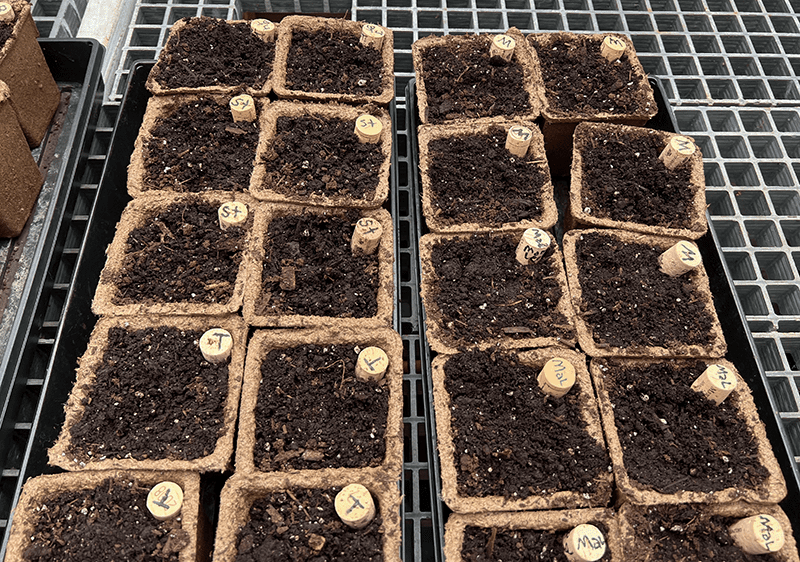
The bottom line: start your seeds in containers that give them enough room to grow big, strong root systems without competition, and make sure to use pots with drainage holes.
If you want more information about growing tomatoes, look at the sheets on our informational handouts page.
1 Comment
Leave a Comment
Subscribe To Our Newsletter
Sign up for our weekly email about sales and events.

Very helpful